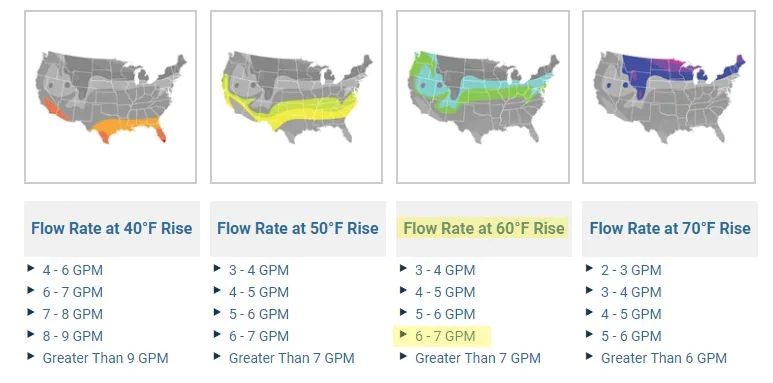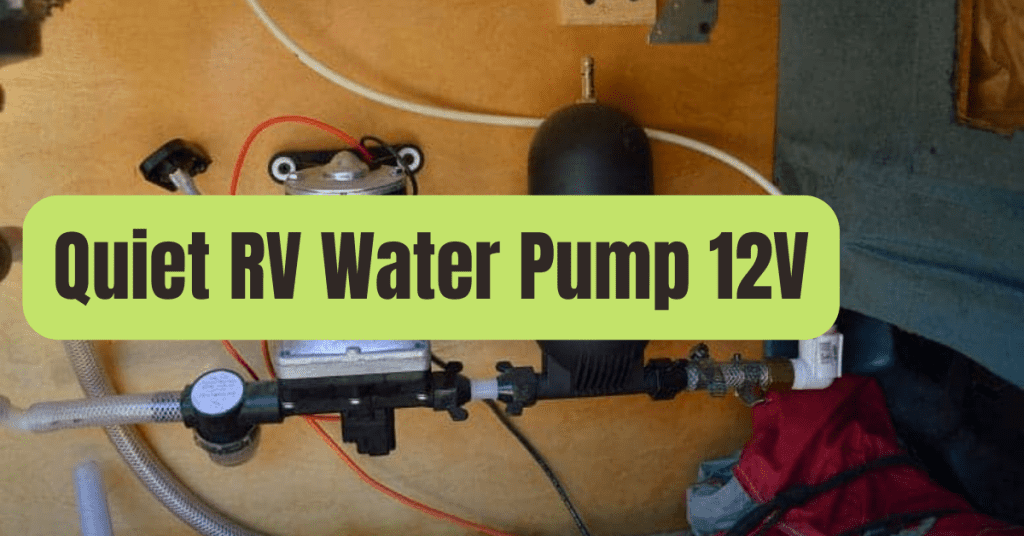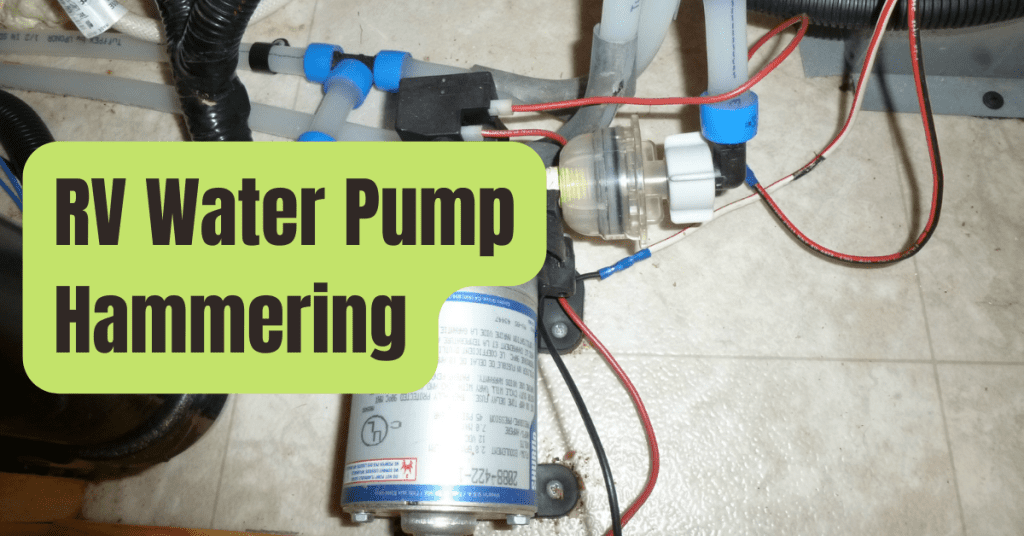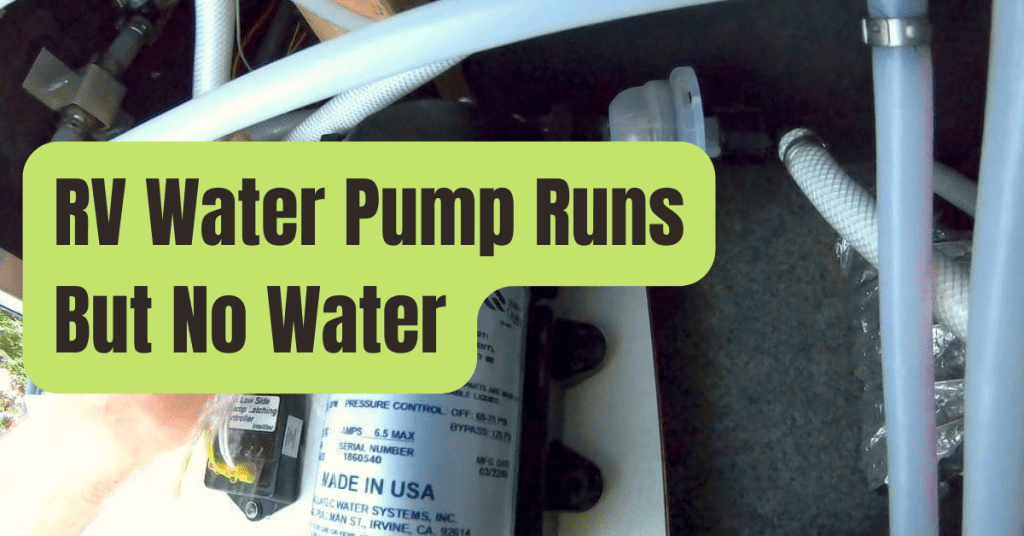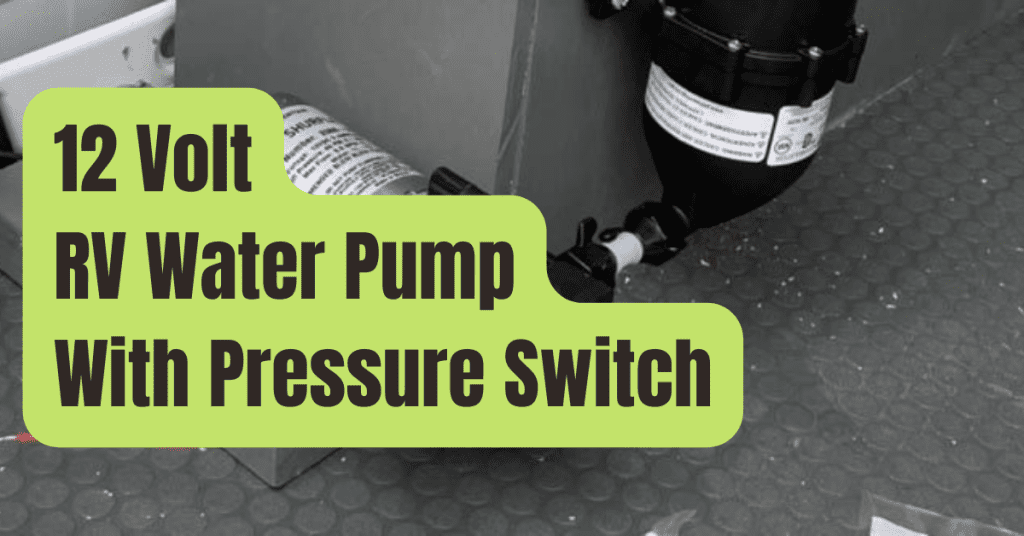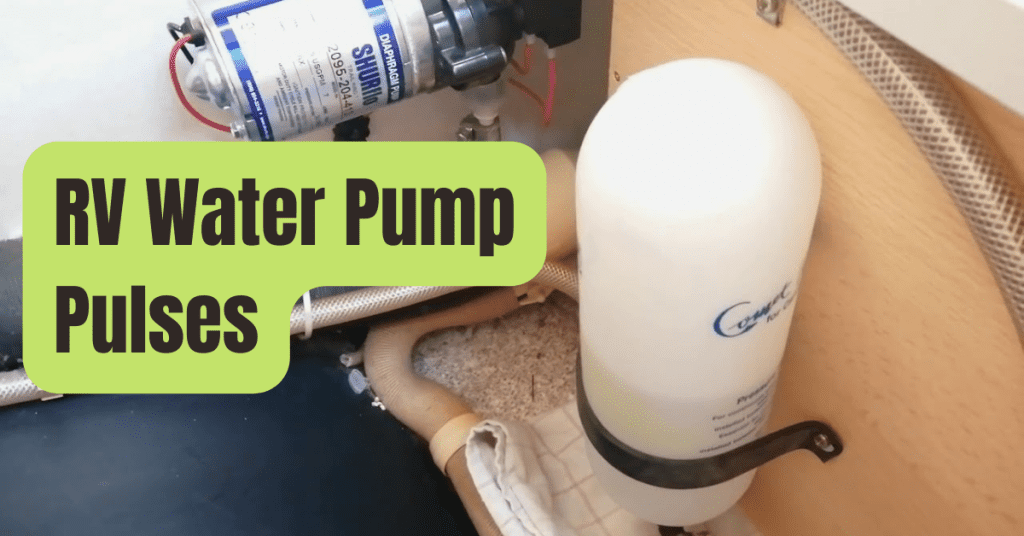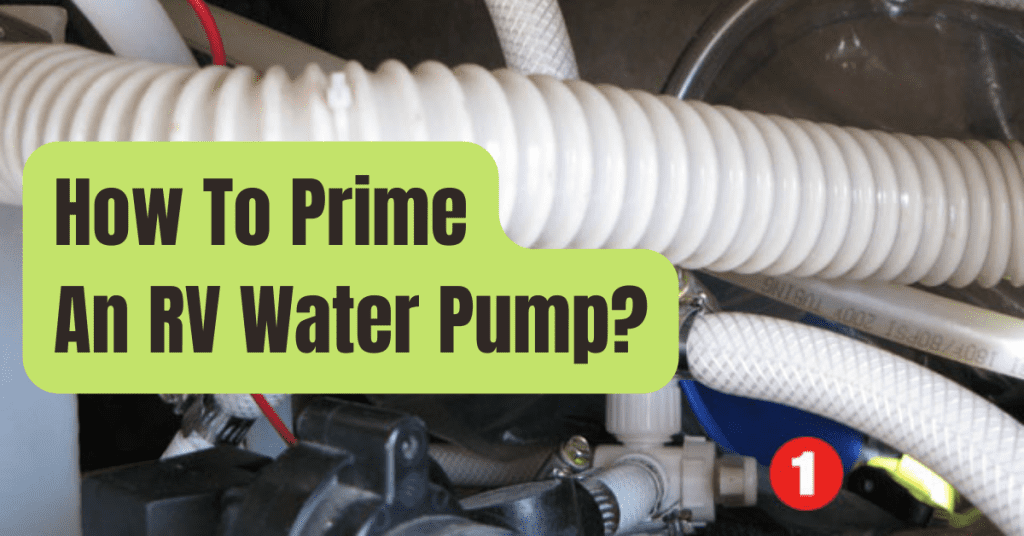When it comes to your tankless water heater, size counts.
It is, in fact, the most crucial aspect of selecting a new unit for your house.
If your water heater is too tiny, it won’t be able to provide your home with the necessary amount of hot water.
For instance, it could be impossible to run more than one shower at once without risking the arctic blast of cold water hitting someone.
However, a water heater that is too big will cost more than required since you will have to pay more up front for the bigger size (although it could be useful if you plan to upsize your home later).
A tankless water heater must be precisely the appropriate size to satisfy the hot water demand in your house in order to function successfully.
This article contains a calculator at the conclusion and instructs you on how to size a tankless water heater.
Overview of Tankless Sizing
When sizing a tankless water heater, two things must be taken into account:
- Flow Rate (GPM): The amount of hot water required at any given moment.
- Temperature Rise (T): The difference between the intended temperature and the entering cold water temperature
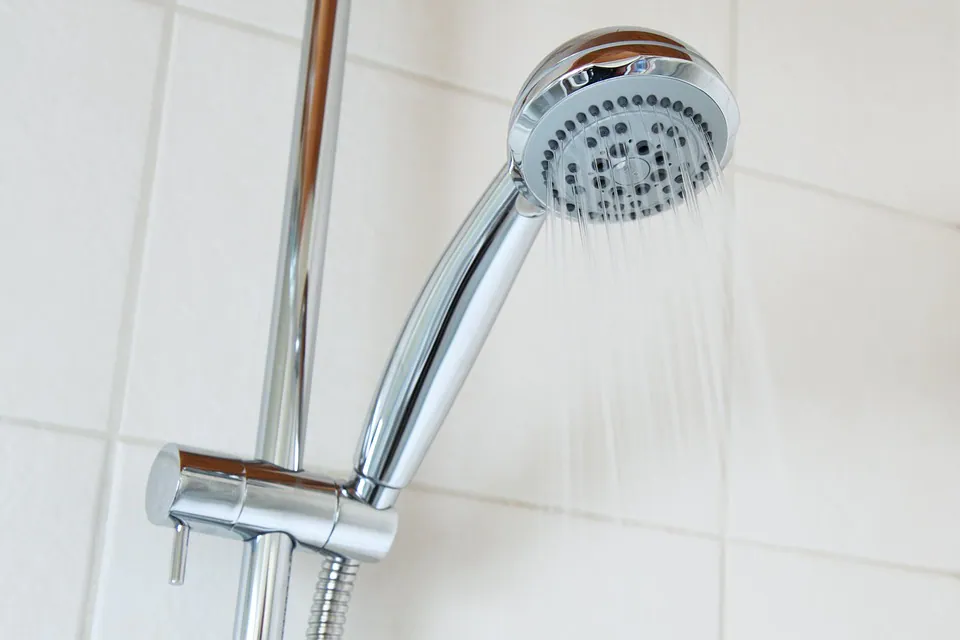
Determine which fixtures you want to run concurrently and how much hot water each will need before anything else.
The flow rate of this is expressed in gallons per minute (GPM).
By combining the flow rates for each fixture, you can calculate the overall rate at which the water heater will require to create hot water.
Calculate the difference in temperature between the water’s target temperature at the faucets and the water’s actual temperature when it enters the heater.
The temperature by which your water heater must increase the water is referred to as your temperature rise (abbreviated as “T” by experts).
The normal temperature range for faucets is 110° to 120° F.
The average groundwater temperature in the United States is 57° F, however it may vary from around 70° F in southern Florida to almost freezing in the northern states.
The fewer fixtures a water heater can provide, the bigger the disparity between the needed fixture water and the groundwater.
Calculator for Tankless Size
Calculate the overall flow rate required by your house using the two tables below.
Make sure the calculation table only includes the most fixtures you’ll want to run concurrently.
1. Calculate the flow rate for the water usage that you estimate to be the heaviest.
Consider operating a high-efficiency washing machine, a dishwasher, a faucet, and a single conventional shower all at once.
Add together all the flow rates of those fixtures using the water flow rate chart below (2 + 2.5 + 1 + 1 = 6.5GPM).
It would be 6.5GPM for you.
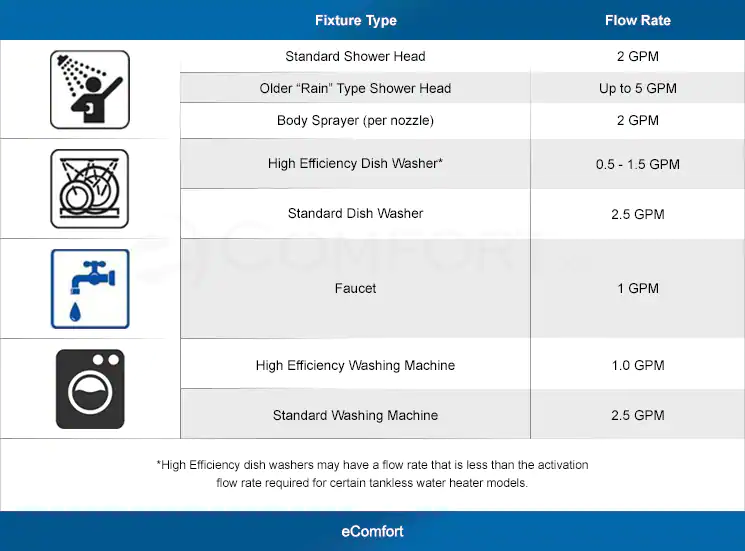
2. Based on where you reside in the United States, use the groundwater temperature map to get the temperature of your local groundwater.
For instance, the groundwater temperature in Chicago is stated as 47 °F.
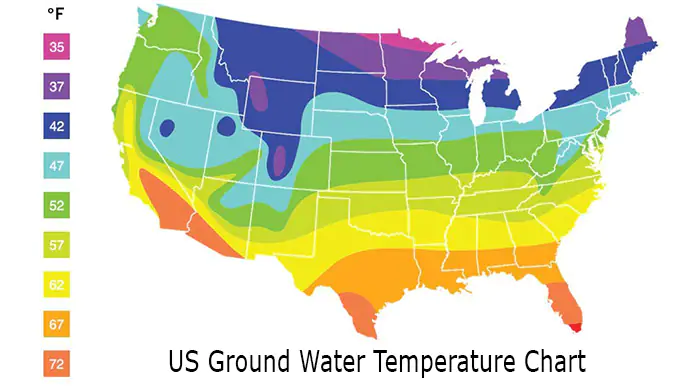
3. To calculate the necessary temperature increase for hot water at 110°, enter the groundwater temperature you noted on the map into the table below.
In our Chicago example, a temperature increase of 63 °F is necessary after an initial temperature of 47 °F.
4. Utilize your knowledge to find the proper water heater sizes on eComfort.
You can discover the ideal tankless water heater for your house after you know your overall flow rate and the necessary temperature increase.
In the section below, we’ve indicated the amount of water heater you’d need for our 6.5 GPM example at a 63° F temperature increase.
Technically, you could round up to the choice for a 70° F temperature increase, but in this case, rounding down to 60° F is more reasonable and acceptable given that we are just 3° F below the actual rise.
